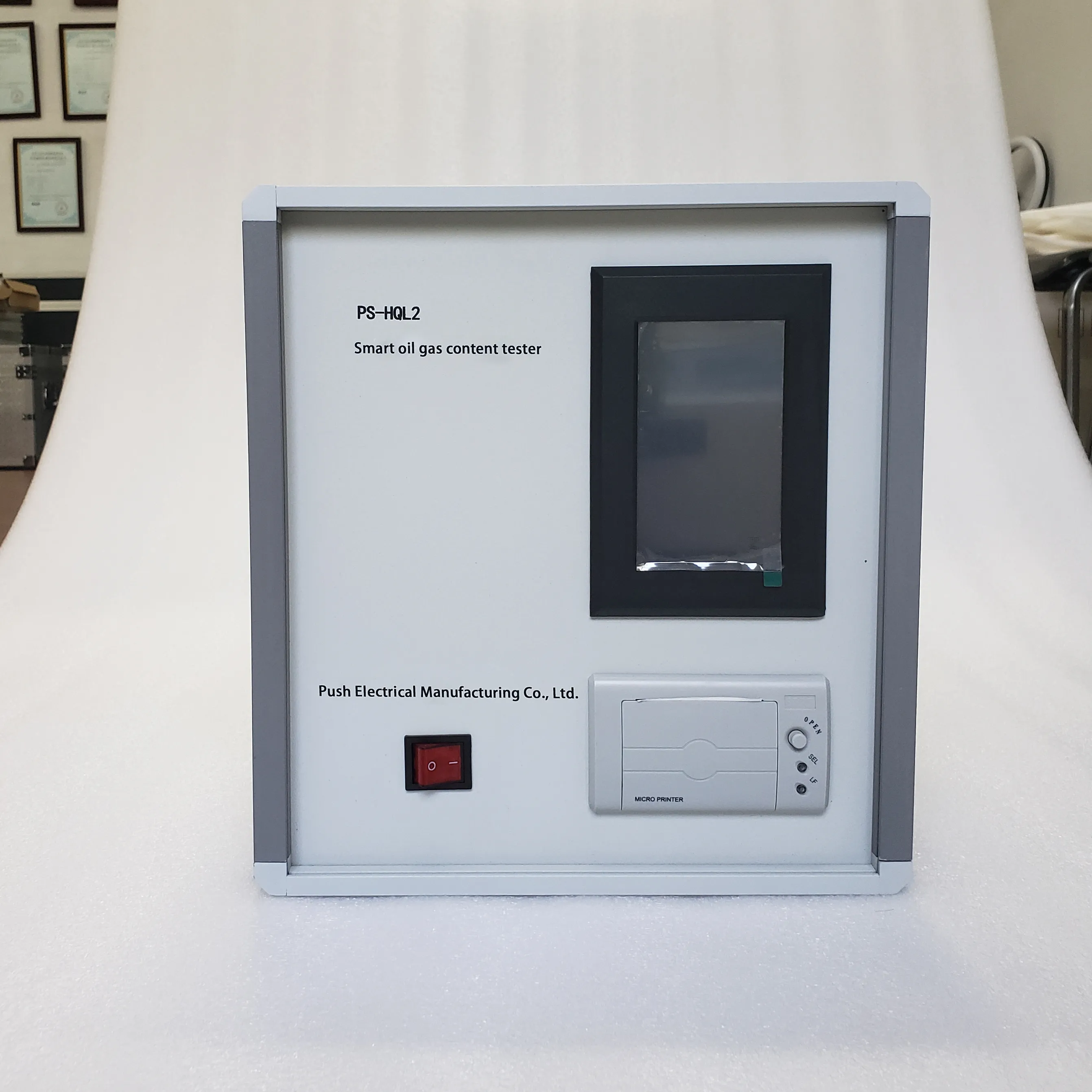TEL:
+86-0312-3189593
 English
English

Telephone:0312-3189593

Email:sales@oil-tester.com
7 月 . 10, 2024 10:46
Back to list
Short circuit impedance and load loss measurement in power systems an essential analysis
In the field of electrical engineering, measuring short circuit impedance and load loss is an important task that helps to ensure the efficient and safe operation of electrical systems. Short circuit impedance refers to the impedance of the system when a short circuit fault occurs, while load loss refers to the power lost in the system when supplying the load.
Measuring short circuit impedance is crucial for determining the maximum fault current that a system can handle before damage occurs. This measurement is typically done using specialized equipment such as a short circuit impedance analyzer, which applies a test voltage to the system and measures the resulting current to calculate the impedance. By understanding the short circuit impedance of a system, engineers can design protection devices such as circuit breakers to quickly isolate faults and prevent damage to equipment.
Load loss measurement, on the other hand, is important for evaluating the efficiency of a system in delivering power to the load. This measurement is typically done by comparing the input power to the system with the output power to the load, taking into account losses such as resistive heating in cables and transformers. By minimizing load losses, engineers can design more efficient systems that reduce energy consumption and operating costs

measurement of short circuit impedance and load loss. Overall, measuring short circuit impedance and load loss are critical tasks in the design and maintenance of electrical systems. By accurately measuring these parameters, engineers can ensure the safe and efficient operation of power distribution systems, industrial machinery, and other electrical equipment. Additionally, these measurements are essential for compliance with industry standards and regulations, which require periodic testing and documentation of system performance. In conclusion, measurement of short circuit impedance and load loss plays a key role in the field of electrical engineering. By understanding and optimizing these parameters, engineers can design and maintain electrical systems that are reliable, efficient, and safe. With advancements in technology and testing equipment, the process of measuring short circuit impedance and load loss continues to improve, enabling engineers to push the boundaries of electrical system performance.

measurement of short circuit impedance and load loss. Overall, measuring short circuit impedance and load loss are critical tasks in the design and maintenance of electrical systems. By accurately measuring these parameters, engineers can ensure the safe and efficient operation of power distribution systems, industrial machinery, and other electrical equipment. Additionally, these measurements are essential for compliance with industry standards and regulations, which require periodic testing and documentation of system performance. In conclusion, measurement of short circuit impedance and load loss plays a key role in the field of electrical engineering. By understanding and optimizing these parameters, engineers can design and maintain electrical systems that are reliable, efficient, and safe. With advancements in technology and testing equipment, the process of measuring short circuit impedance and load loss continues to improve, enabling engineers to push the boundaries of electrical system performance.
Latest news
-
Differences between open cup flash point tester and closed cup flash point testerNewsOct.31,2024
-
The Reliable Load Tap ChangerNewsOct.23,2024
-
The Essential Guide to Hipot TestersNewsOct.23,2024
-
The Digital Insulation TesterNewsOct.23,2024
-
The Best Earth Loop Impedance Tester for SaleNewsOct.23,2024
-
Tan Delta Tester--The Essential Tool for Electrical Insulation TestingNewsOct.23,2024





